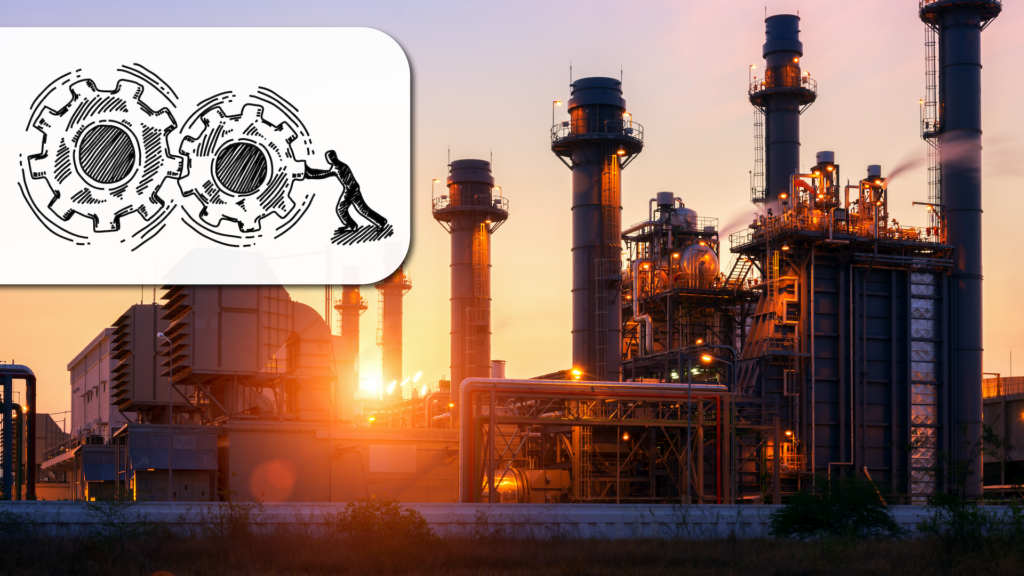Maintenance is a necessary function for any facility in industry today. Many corporations view this as an expensive cost of doing business. However, if done correctly, it can be a profit center for your business. Condition-based maintenance has been around for quite some time due to its success in reaching this goal. Preventive, predictive, and run-to-failure maintenance are three methods that are used in many facilities around the world to achieve this. When used in conjunction, these methods can change maintenance from being an expensive cost of doing business to a cost savings measure or a profit opportunity.
Achieving Success Through Teamwork
 Many organizations miss this opportunity due to many reasons. First and foremost is cost. Implementing these strategies involves purchasing sometimes expensive equipment and tools. Then, dedicating resources to do the tasks and, finally training personnel to execute the plan. I have always said any condition-based maintenance plan starts at the top and involves everybody in an organization, from the plant manager to the custodians. Everybody must pull on the same “rope” to execute the plan successfully.
Many organizations miss this opportunity due to many reasons. First and foremost is cost. Implementing these strategies involves purchasing sometimes expensive equipment and tools. Then, dedicating resources to do the tasks and, finally training personnel to execute the plan. I have always said any condition-based maintenance plan starts at the top and involves everybody in an organization, from the plant manager to the custodians. Everybody must pull on the same “rope” to execute the plan successfully.
Importance of Proactive Maintenance
 A proactive maintenance strategy requires a well-thought-out plan, with organizing assets into criticality zones being a common first step. This involves identifying which machines are the most critical and determining which assets are cost-effective and easily replaceable without disrupting production or safety practices.
A proactive maintenance strategy requires a well-thought-out plan, with organizing assets into criticality zones being a common first step. This involves identifying which machines are the most critical and determining which assets are cost-effective and easily replaceable without disrupting production or safety practices.
Why is this important? It helps establish a plan for which strategies will be implemented and on which assets. The most critical assets may require online monitoring systems, while others could be candidates for wireless mesh network systems, which are becoming more affordable daily. Some assets may be suited for a traditional walk-around vibration program, and redundant equipment that has minimal impact on production and is easily replaceable might be run to failure.
Technology’s Role in Failure Prevention
 Another thing to consider is the technologies available to monitor this equipment. Infrared inspections are commonplace inspections for potential electrical failures. Infrared inspections can also be used to view mechanical systems and piping and steam trap surveys. Ultrasound is another technology that can be used to properly grease assets, conduct air leak surveys, perform steam trap inspections, and detect electrical faults.
Another thing to consider is the technologies available to monitor this equipment. Infrared inspections are commonplace inspections for potential electrical failures. Infrared inspections can also be used to view mechanical systems and piping and steam trap surveys. Ultrasound is another technology that can be used to properly grease assets, conduct air leak surveys, perform steam trap inspections, and detect electrical faults.
Motor current and motor circuit analysis are a couple more technologies that offer opportunities to catch potential problems early in their failure mode and prevent catastrophic failures.
Safety Gains Through Proactivity
 Safety is also a valuable byproduct of a proactive maintenance approach. In addition to preventing injuries from failing equipment, reducing “noise” in the facility by properly tuning machines can help minimize hearing damage to employees. But as we perform precision maintenance on our equipment, we begin to get the full life cycle out of our assets, meaning less time working on equipment and, in effect, decreasing the risk of maintenance personnel getting injured on the job.
Safety is also a valuable byproduct of a proactive maintenance approach. In addition to preventing injuries from failing equipment, reducing “noise” in the facility by properly tuning machines can help minimize hearing damage to employees. But as we perform precision maintenance on our equipment, we begin to get the full life cycle out of our assets, meaning less time working on equipment and, in effect, decreasing the risk of maintenance personnel getting injured on the job.
Boosting Efficiency with Precision Maintenance
 Performing precision maintenance is yet another important cog in the wheel of proactive maintenance, such as performing precision alignments on asset belts or couplings. Allowing time for precision machine balancing and proper lubrication, are other big opportunities often missed.
Performing precision maintenance is yet another important cog in the wheel of proactive maintenance, such as performing precision alignments on asset belts or couplings. Allowing time for precision machine balancing and proper lubrication, are other big opportunities often missed.
Proactive Maintenance Drives Savings
 Adopting a proactive approach to maintenance is a best practice that requires determination, planning, and strong leadership to implement. However, the cost savings can be significant when done correctly. Over time, the results will be evident with reduced unplanned downtime and fewer planned downtime events, as assets remain in good condition, allowing longer intervals between outages. Additionally, achieving the entire lifecycle of assets and improving product quality contribute to the overall rewards.
Adopting a proactive approach to maintenance is a best practice that requires determination, planning, and strong leadership to implement. However, the cost savings can be significant when done correctly. Over time, the results will be evident with reduced unplanned downtime and fewer planned downtime events, as assets remain in good condition, allowing longer intervals between outages. Additionally, achieving the entire lifecycle of assets and improving product quality contribute to the overall rewards.



